




Through the historical backdrop of social negative environmental effects and influences, pertaining to the art and culture, this module enables students to build a fundamental understanding of the design evolution and technical processes of furniture. The course examines practical capabilities using guided tools, machines, and materials while gaining knowledge of the methods and processes used in furniture design and production To create a prototype or scaled-down furniture, students must experiment and use technical information they have learned based on their design concepts.

WEEK 1 - WEEK 7
We are expected to acquire technical skills on developing joints and fittings based on our observations through this weekly assignment. The objective is to improve technical knowledge to provide specifications and aesthetic presentations for furniture design suggestions using sketches.

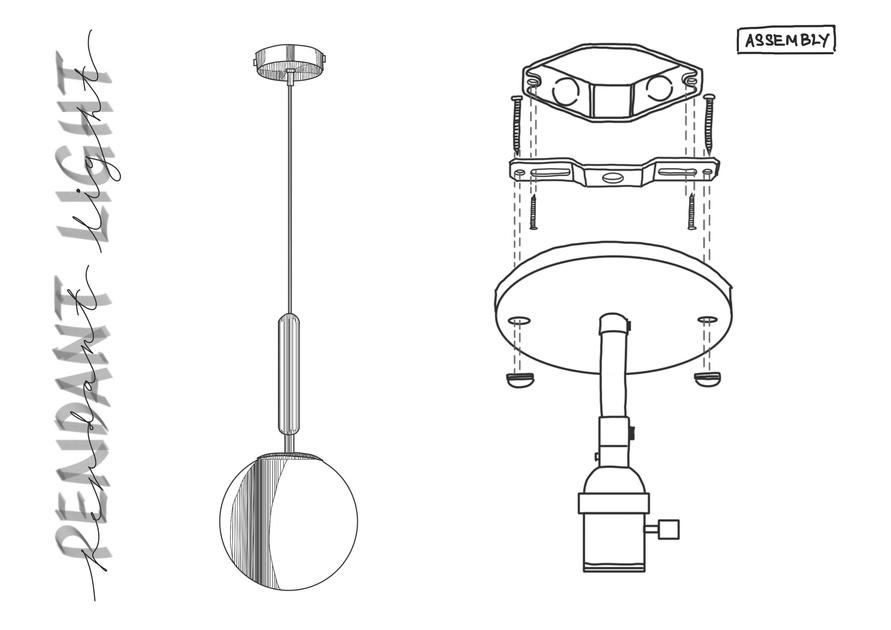
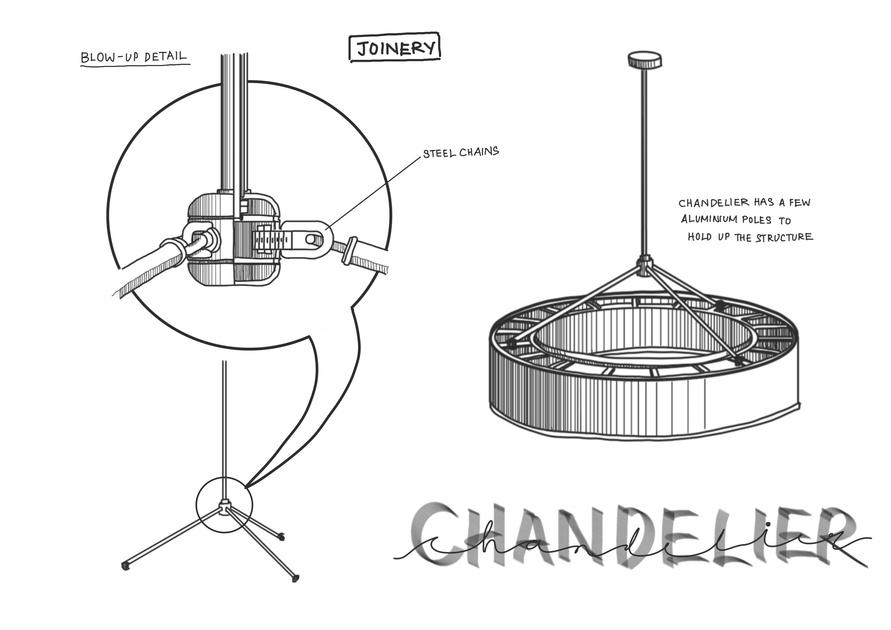

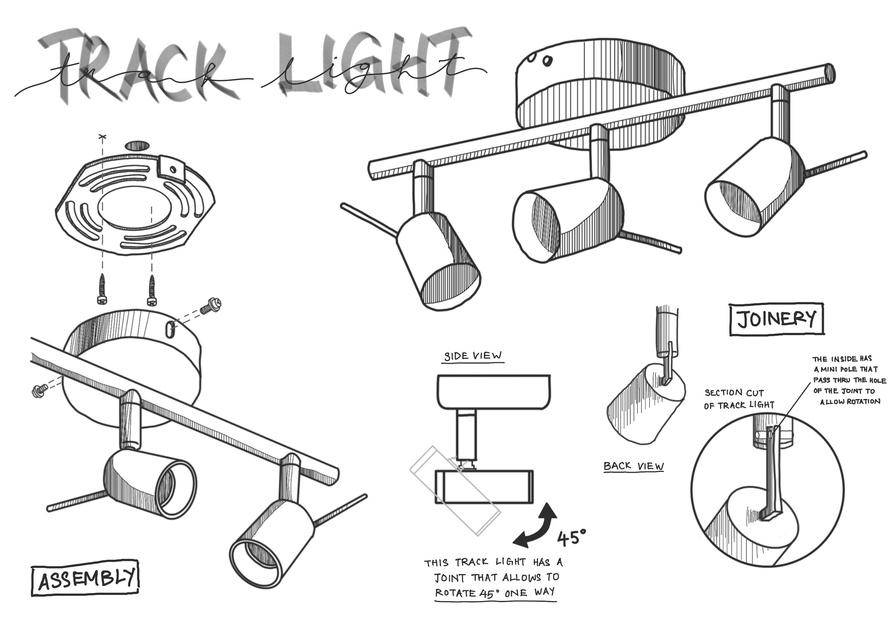
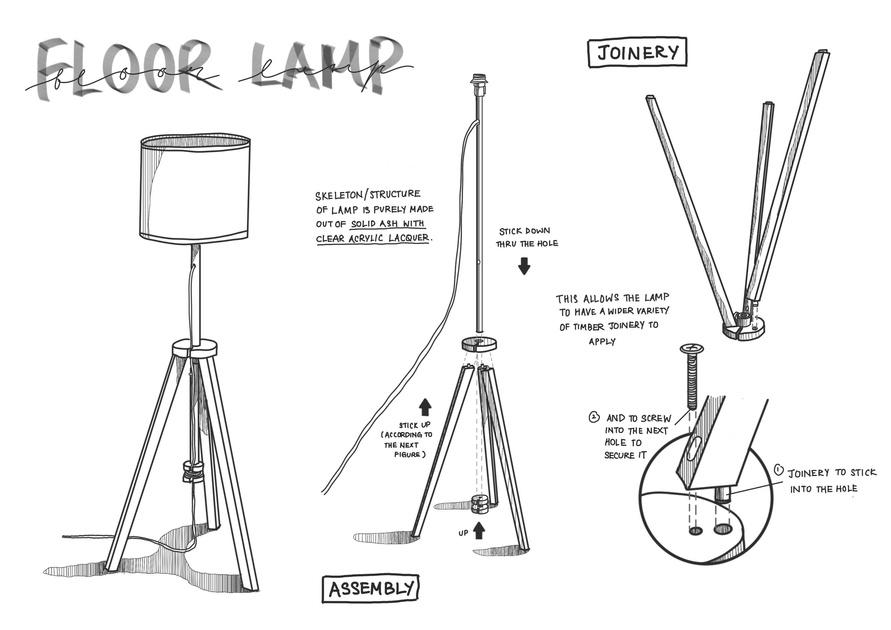


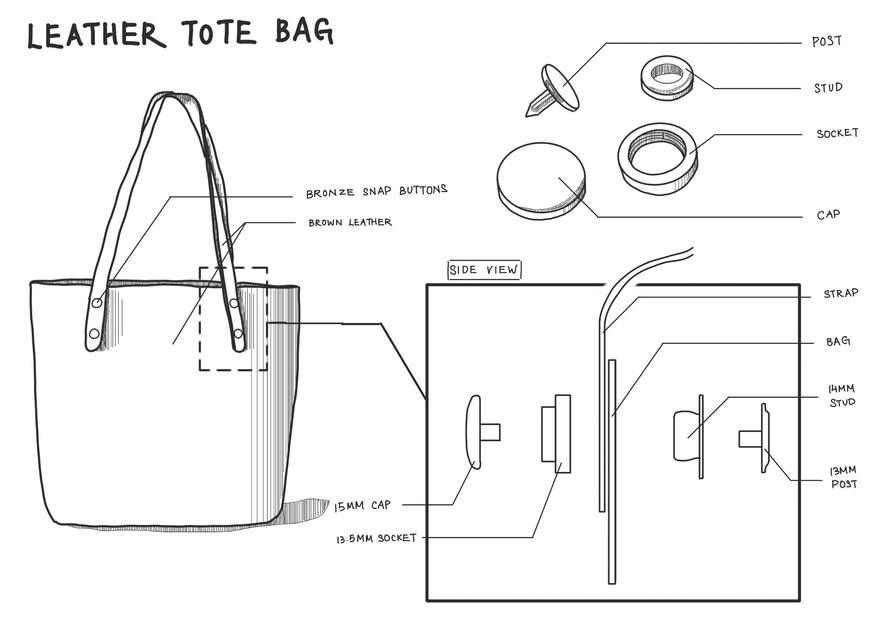
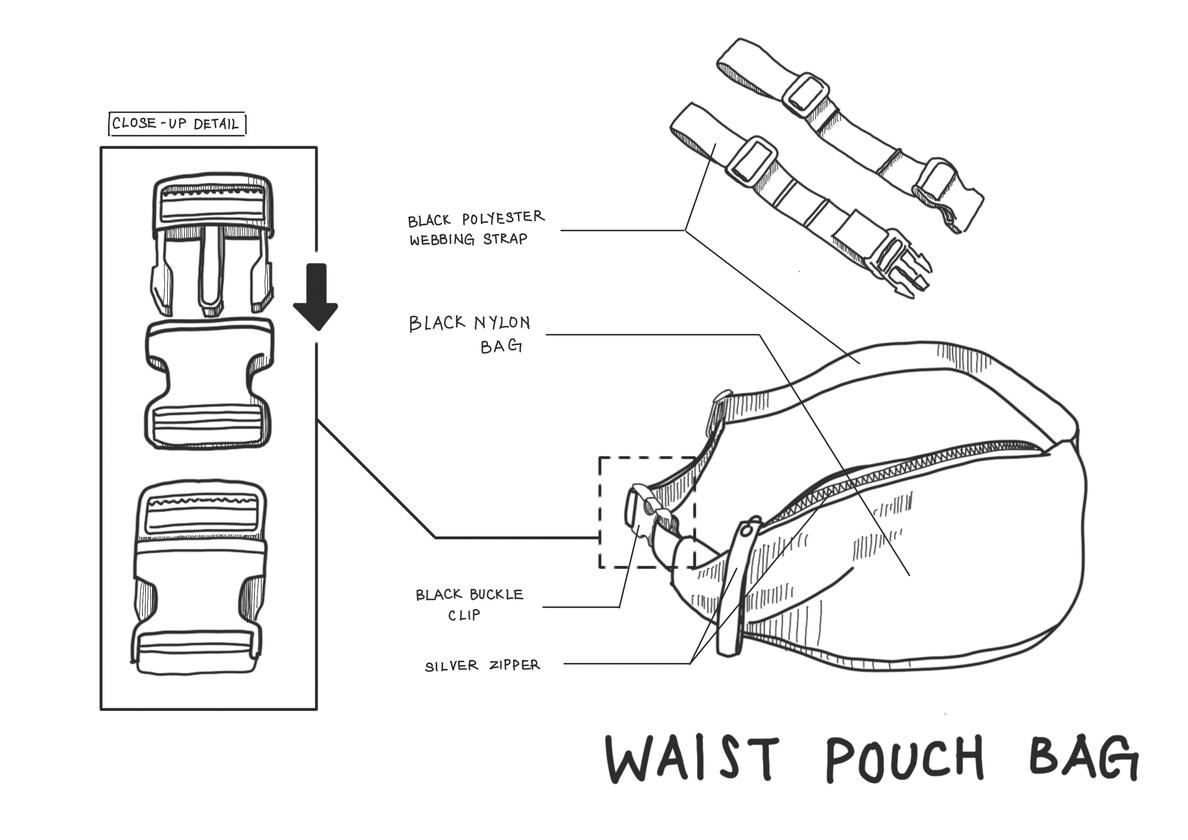



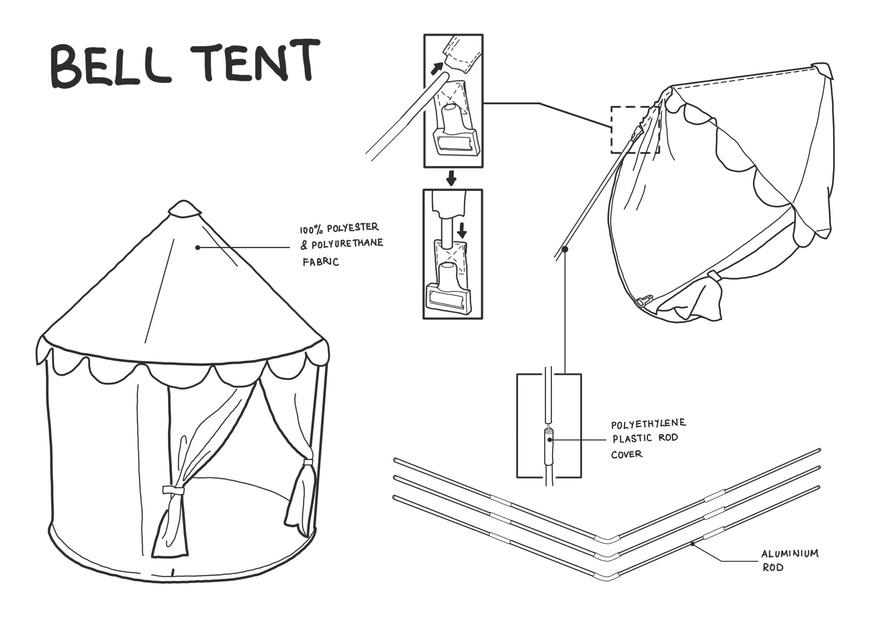
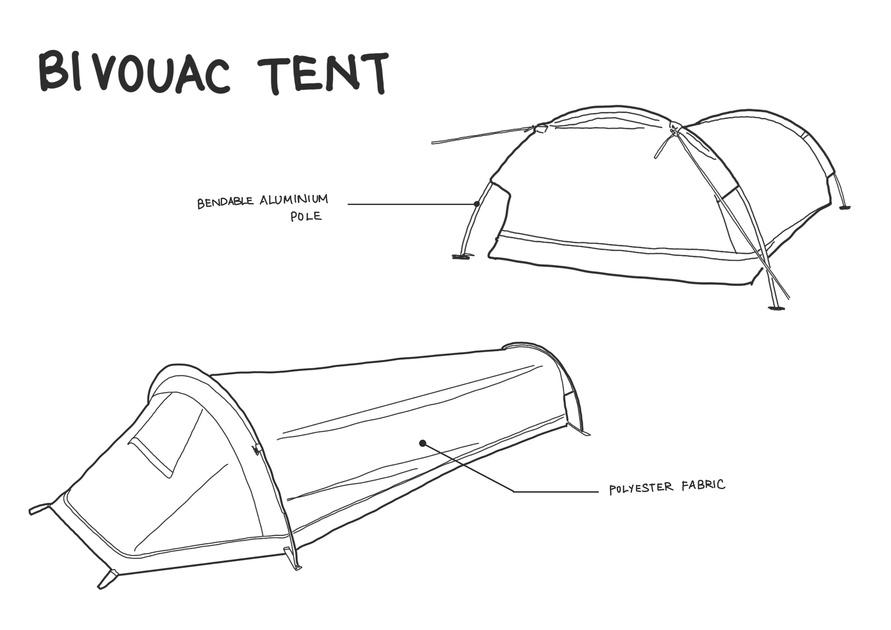
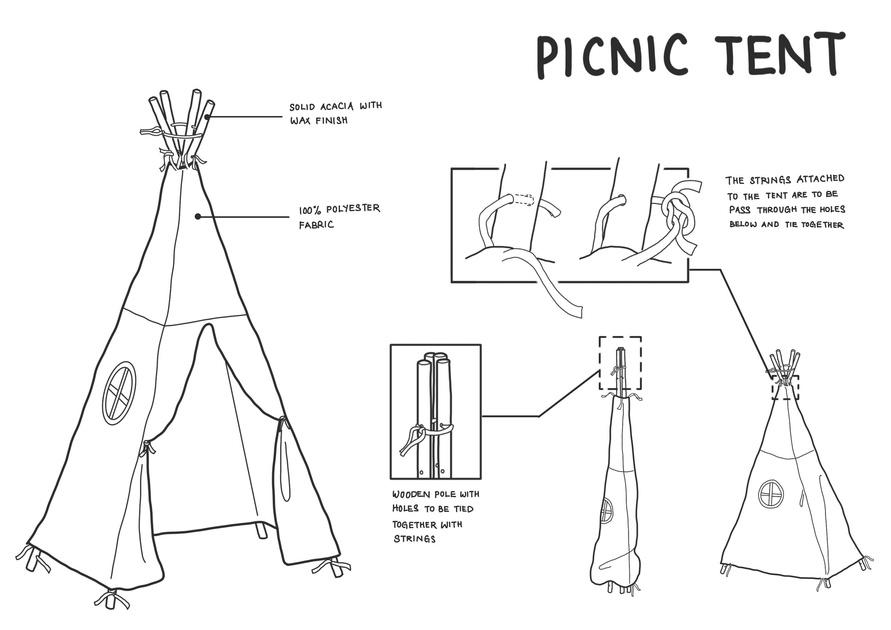
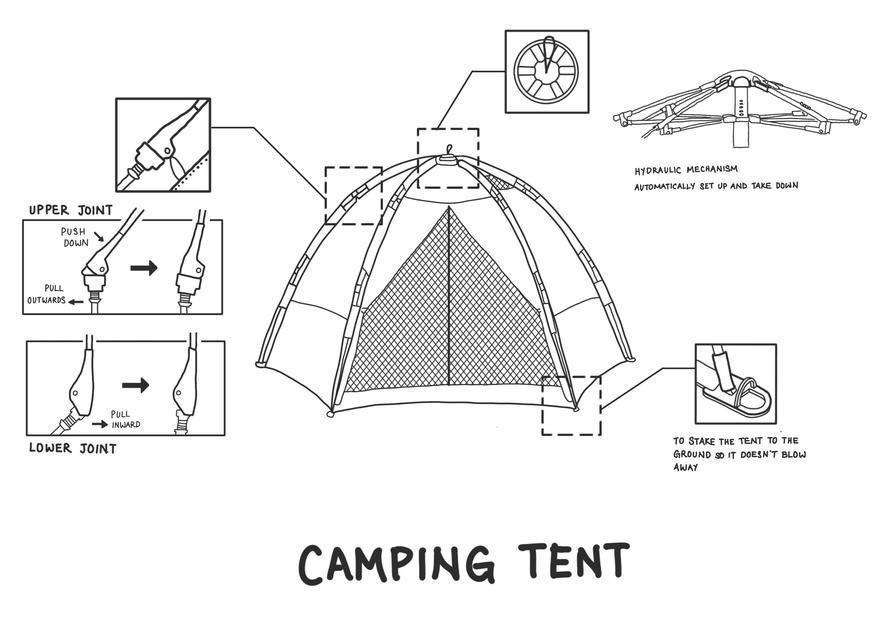
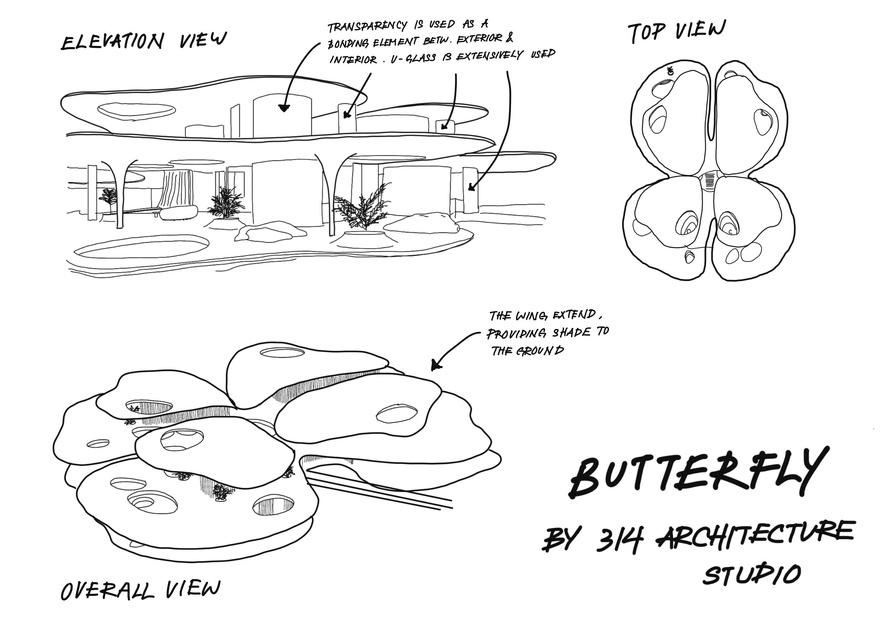
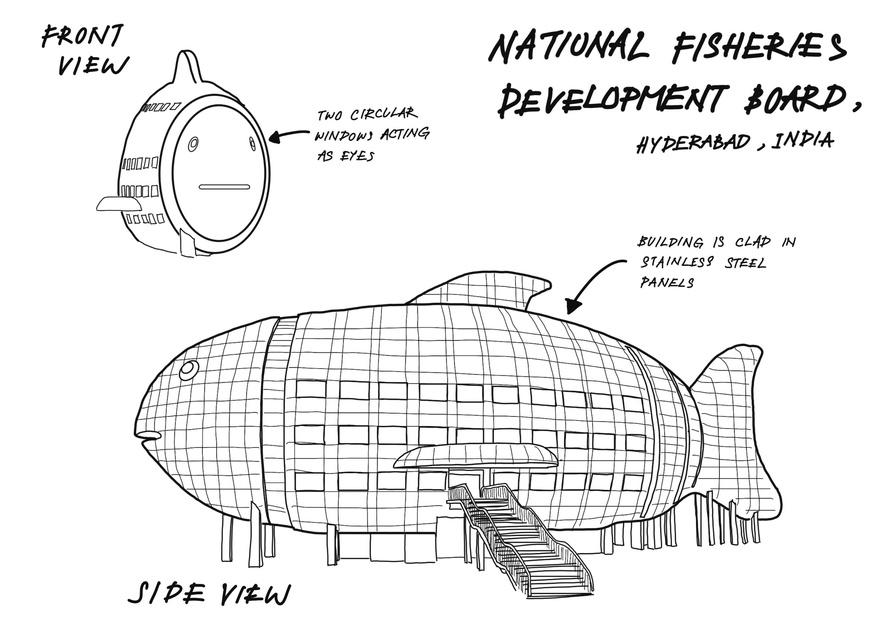
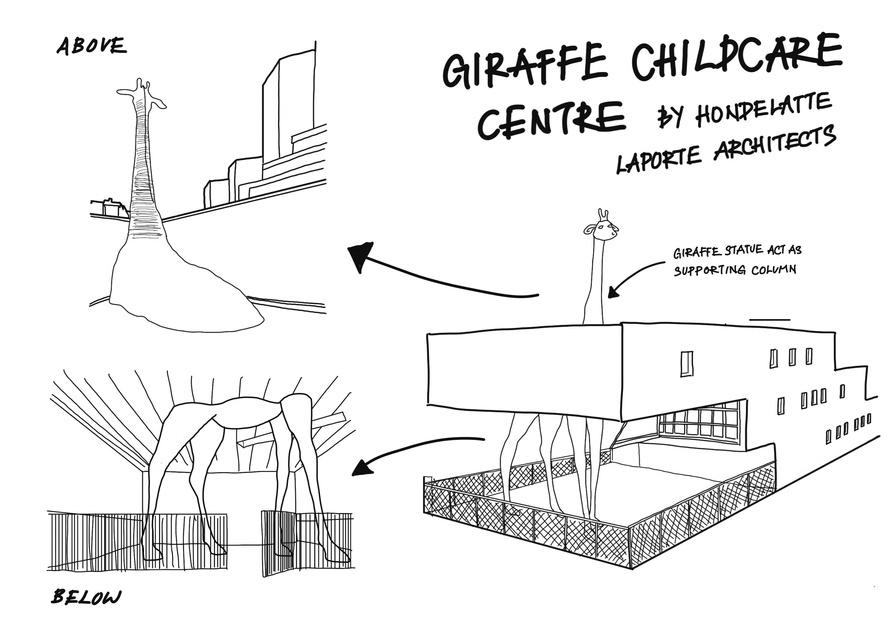

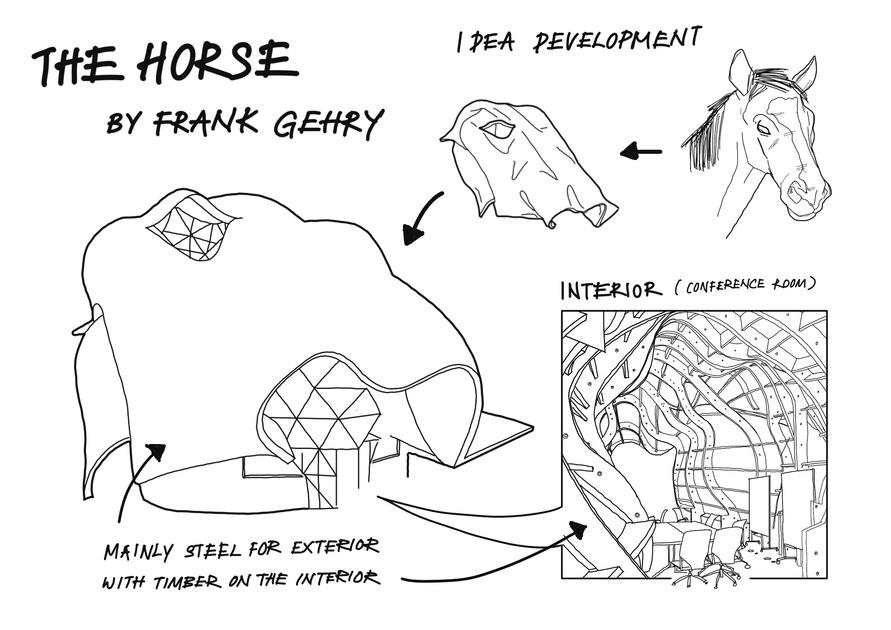

A N I M A L A R C H I T E C T U R E S T R U C T U R E

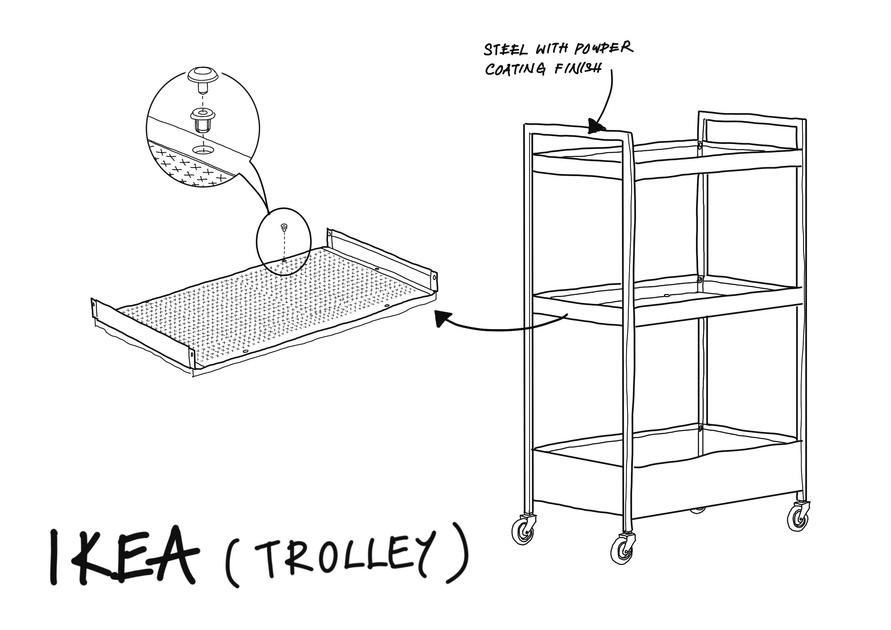
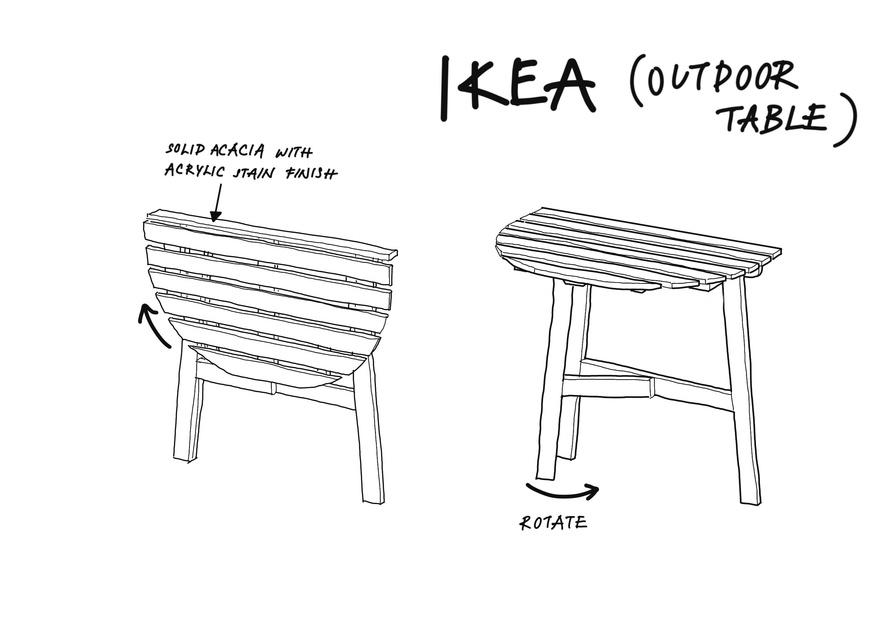
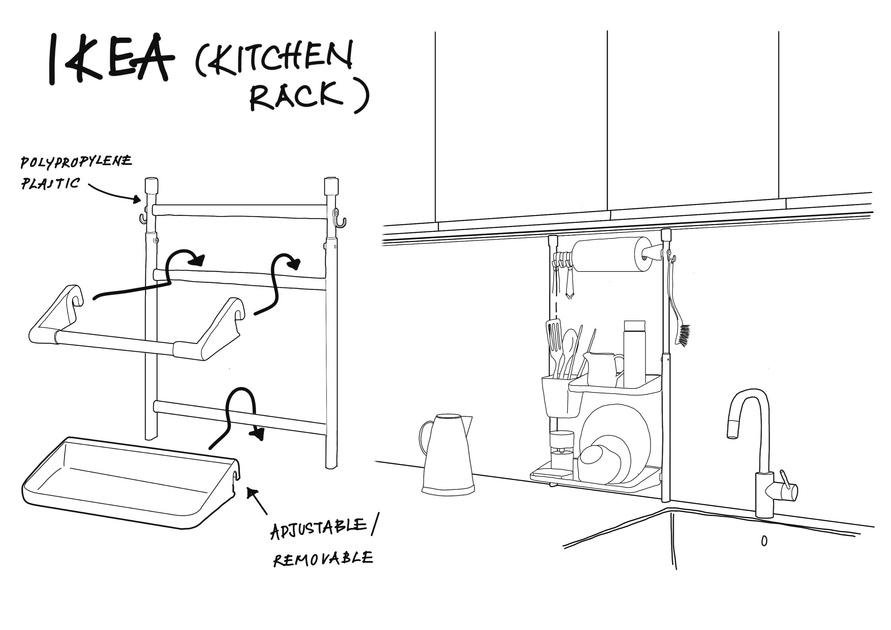


WEEK 2 - WEEK 6
Use the chosen materials to demonstrate the use of equipments, machinery, and processes involved in producing furniture, as well as a brief introduction to workshop safety.
We are required to source an existing furniture (recycled) and produce idea development sketches of new furniture design for final project.

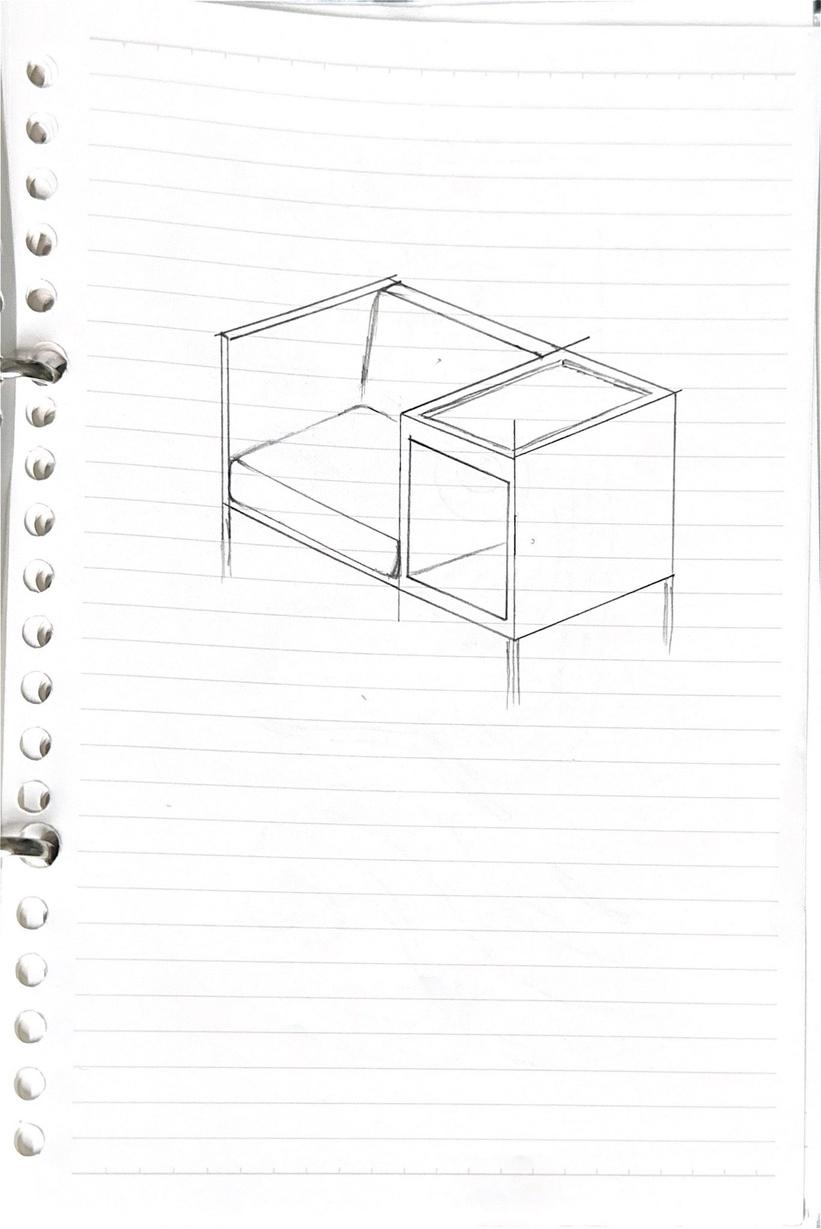
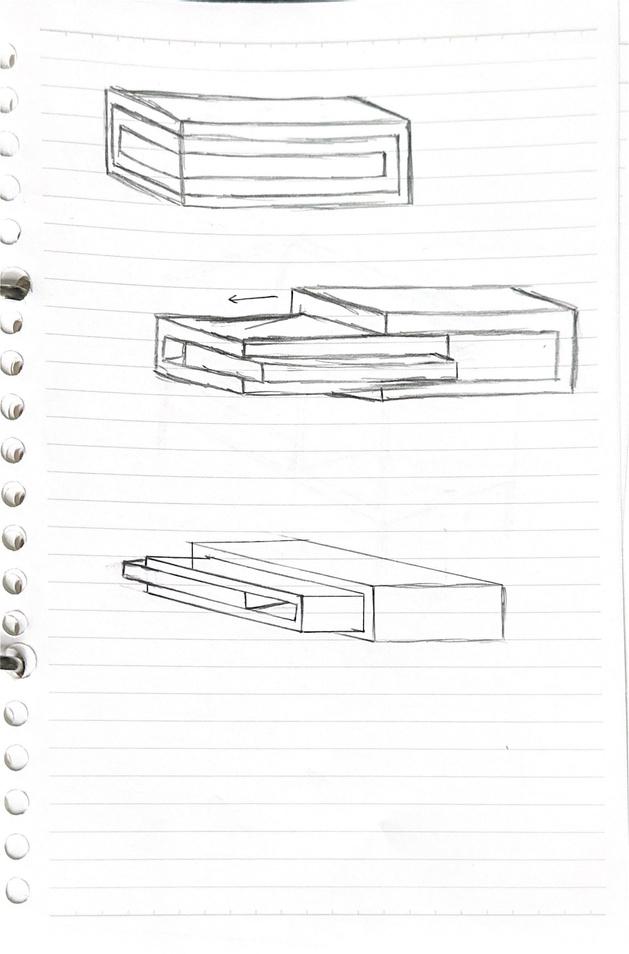











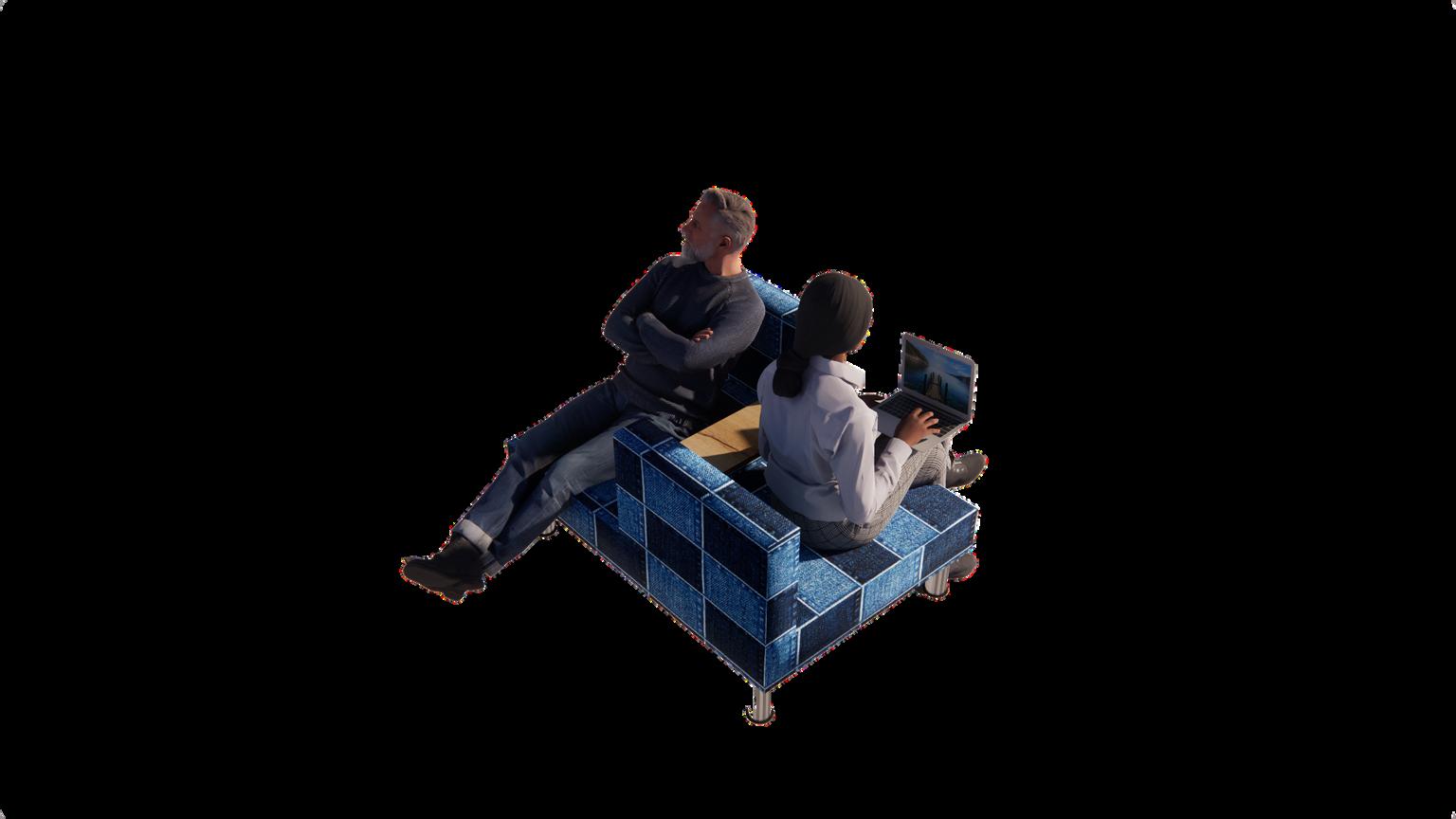
WEEK 7 - WEEK 13
This project aims to redesign an old piece of furniture to serve a new role or simply have a fresh appearance. Individually and collectively, we must come up with design concepts that will become the final prototype. We must then record our findings and development in a time-lapse video.


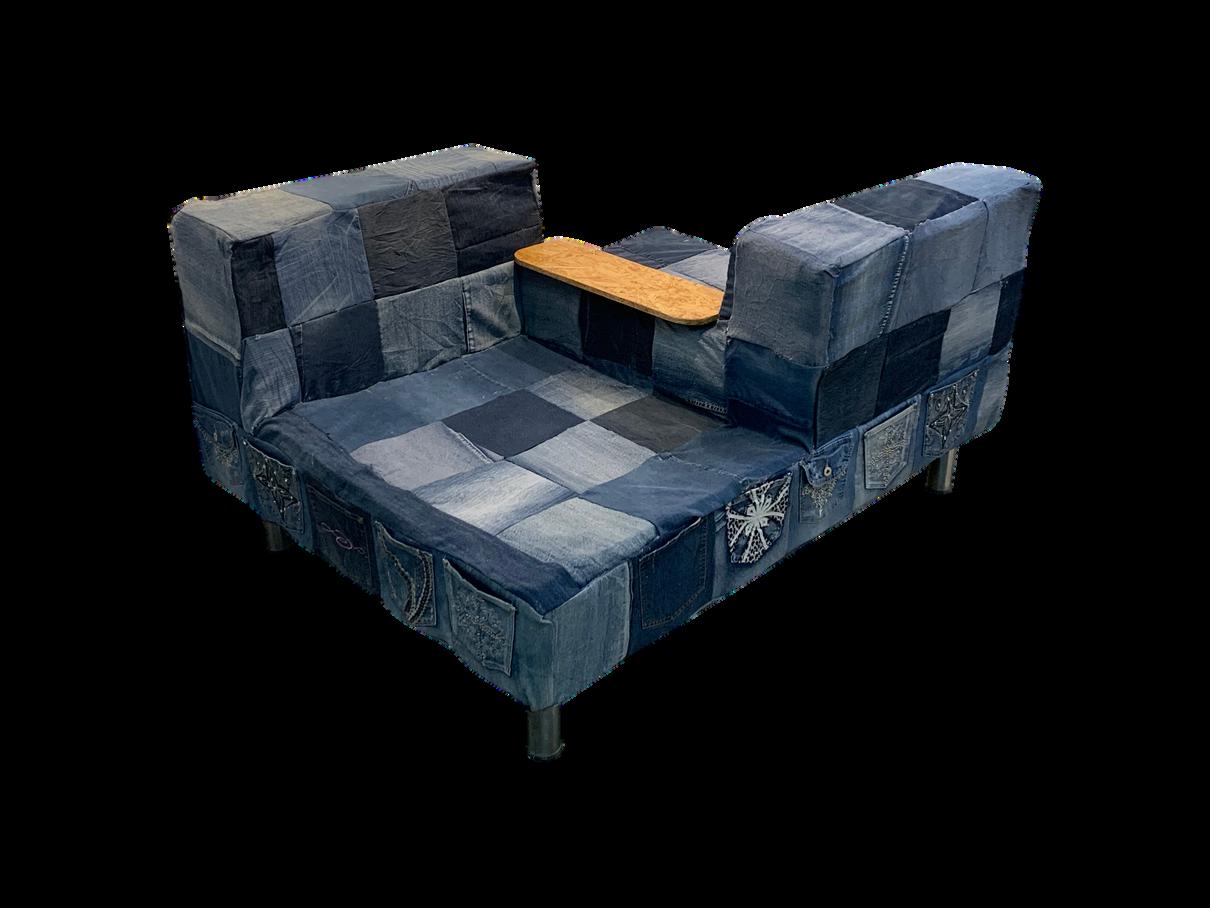

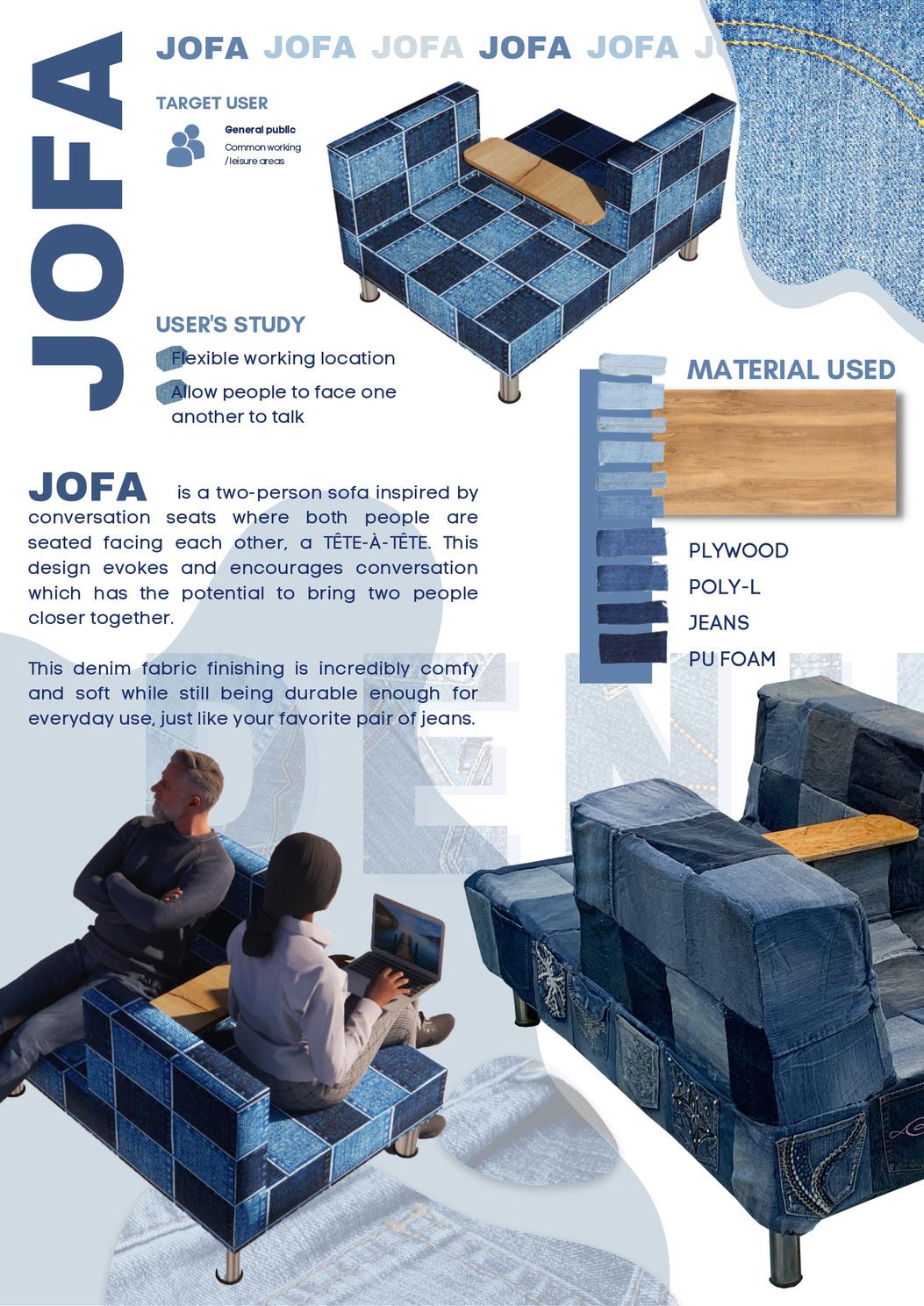
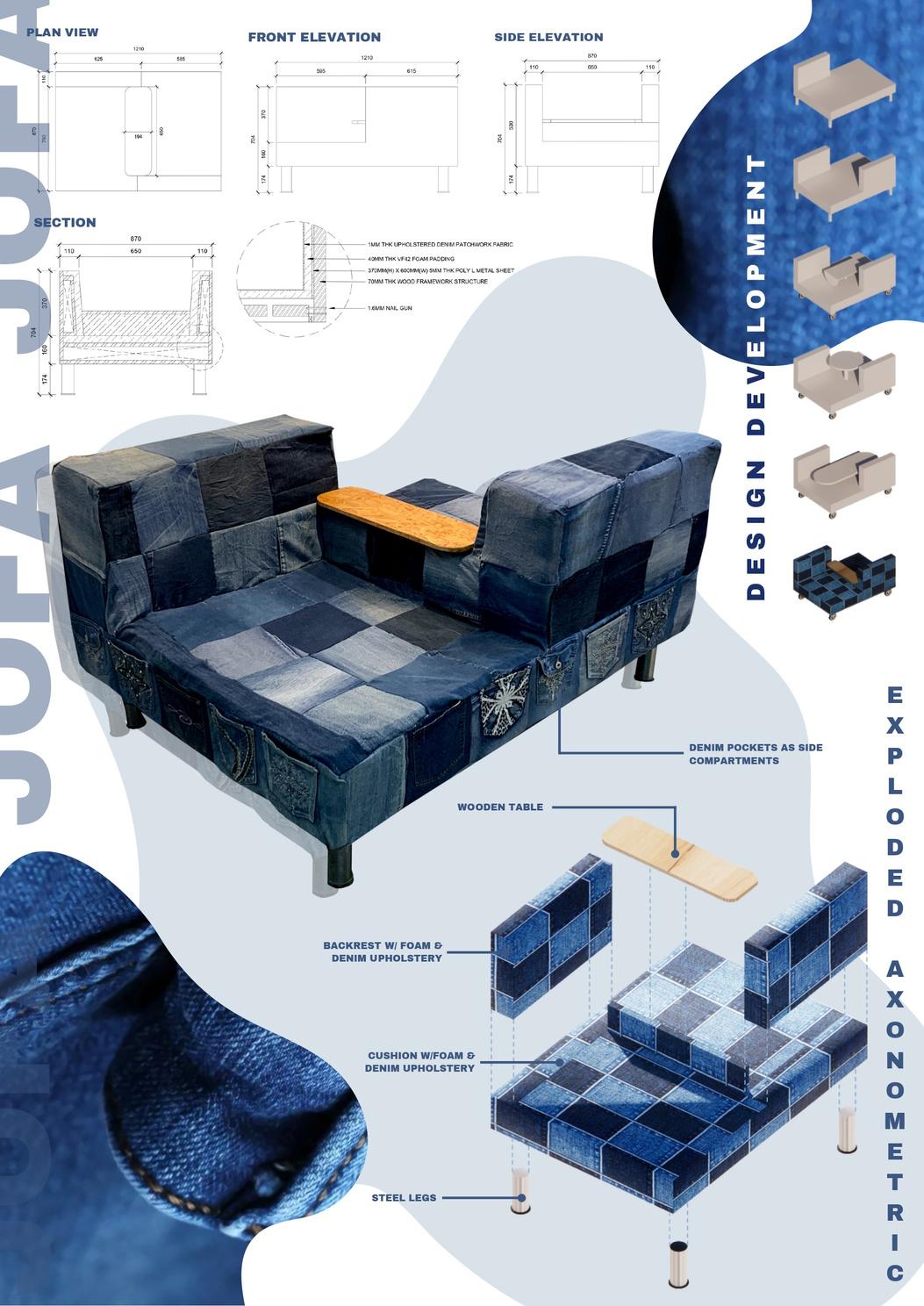

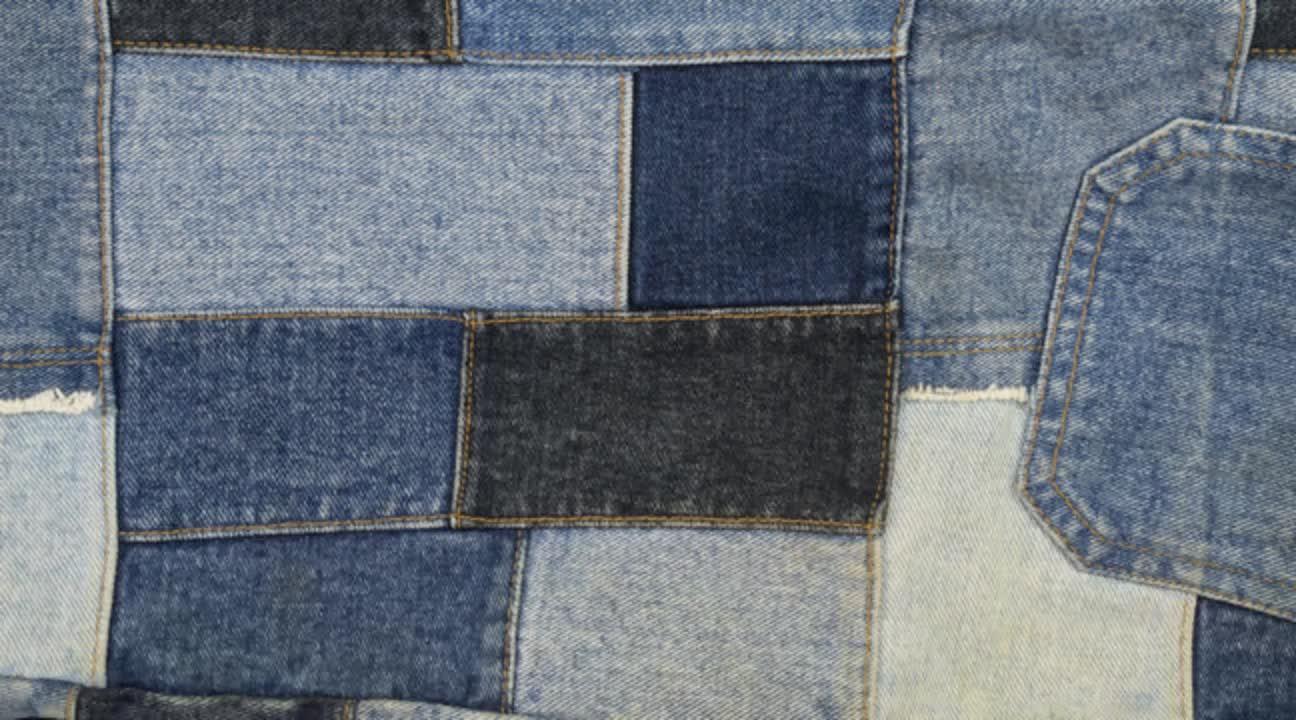

This module was fascinating as it was my first time in a workshop creating an actual physical furniture, it was a huge difference compared to our usual routine throughout the course. The first project served as an excellent introduction to the materials and techniques that will be applied later on in our final project. All of the sketches we created also aided us in deciding what sort of furniture we wanted to make later on since they provided us with an idea of how the furniture was constructed.
The final project was time-consuming, but as time passed, I became more familiar with the tools I was using. We struggled a little as we had little time to finish the furniture mainly because of the lack of members as well as producing some demanding stitch work with our own hands, which later on we discovered useable alternative like hot glue gun.
Although the process was daunting, I was still quite pleased with the final furniture output of my group and I and actually had a lot of fun in able to create my dream quirky non-cliché furniture. Overall, the practises and skills I've gained from this module will definitely be useful in the long run.